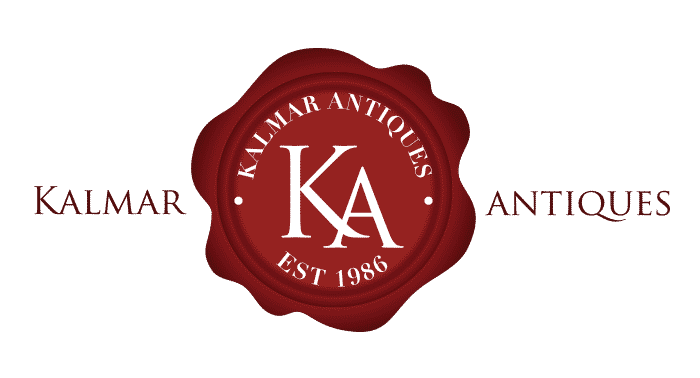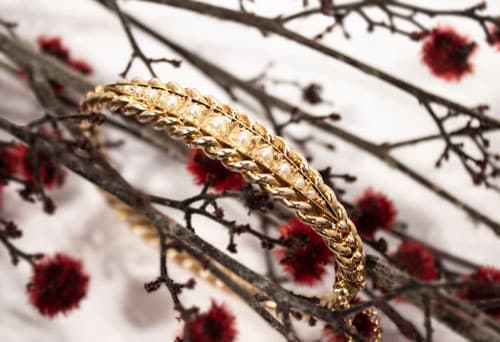
Victorian era: 1837 - 1901: The Victorian era was one of the most romantic and nostalgic period of British Reign. Jewellery styles changed throughout the era. From mourning jewellery becoming the trend after Prince Albert died, through to the belle Epoque styles towards the end of the era, the availability of good quality Victorian jewellery is still quite readily available and affordable for people to buy and enjoy wearing.
Techniques such as filigree, cannetille, repousse and chasing, and wonderful engraving gave rise to beautiful jewellery that may or may not even be set with gemstones.
In the “Romantic Period" up to 1860, the use of gemstones such as sapphires, rubies and diamonds, as well as materials such as conch shells for cameos, tortoiseshell and coral, gave rise to a new style of jewellery.
Cameos during this period were very popular, and some stunning examples of multi-stone cameo necklaces were produced during this time.
Enamelling was a technique that became well used during the Victorian era, both before and after the death of Prince William.
When Prince Albert died in 1861, Victoria went into mourning. This is evident in not only the black clothes that she wore, but also the jewellery.
Black materials such as Whitby jet, bog oak, and the use of woven hair of the loved one, became an integral part of the jewellery.
Rings and brooches with black enamel often display a section on the underside of the ring, or reverse of the locket, where the woven hair is placed. Inscriptions with the name and age of the person are quite often included.
Flowers and their designs became a popular motif for jewellery designs. Not only were they incorporated into the designs, but many had a symbolic meaning attached to them. Some examples were true love was represented by Forget-Me-Nots, fidelity by ivy, Lily-of-the-Valley were used for sweetness, acorns represented life and immortality, Pansies represented thought and mixed zinnias were used to represent thinking of an absent friend.
Balmoral Castle was purchased by Albert and Victoria in the Caledonian woodlands of Scotland in 1848. This led to a start of Scottish pebble jewellery to be introduced into society. By the end of the “Romantic Period" there were many bracelets, brooches and pendants all set with polished agate. Many of these pieces of jewellery were sought after by the population for two main reasons. Firstly, Victoria herself influenced trends and styles, not only in Britain but also overseas with what she wore in both clothing and jewellery, this led to many women wanting to copy her styles. And secondly, because the gemstones used were not overly expensive and very easy to obtain, i.e. difficult and time consuming mines were not needed to obtain the gems, this made it a very affordable form of jewellery for the masses.
Following on from the Georgian era, REGARD and DEAREST rings continued to be a popular motif for jewellery designs. These were rings or brooches in which the first letter of each gemstone spelt out the word dearest or regard.
The Victorian era of jewellery ended with a new style coming into fashion. The Art Nouveau styles came into fashion in the late 1890's, yet they did not completely take over the Victorian styles. Even in some later Edwardian era pieces, the Victorian style can still be seen.






